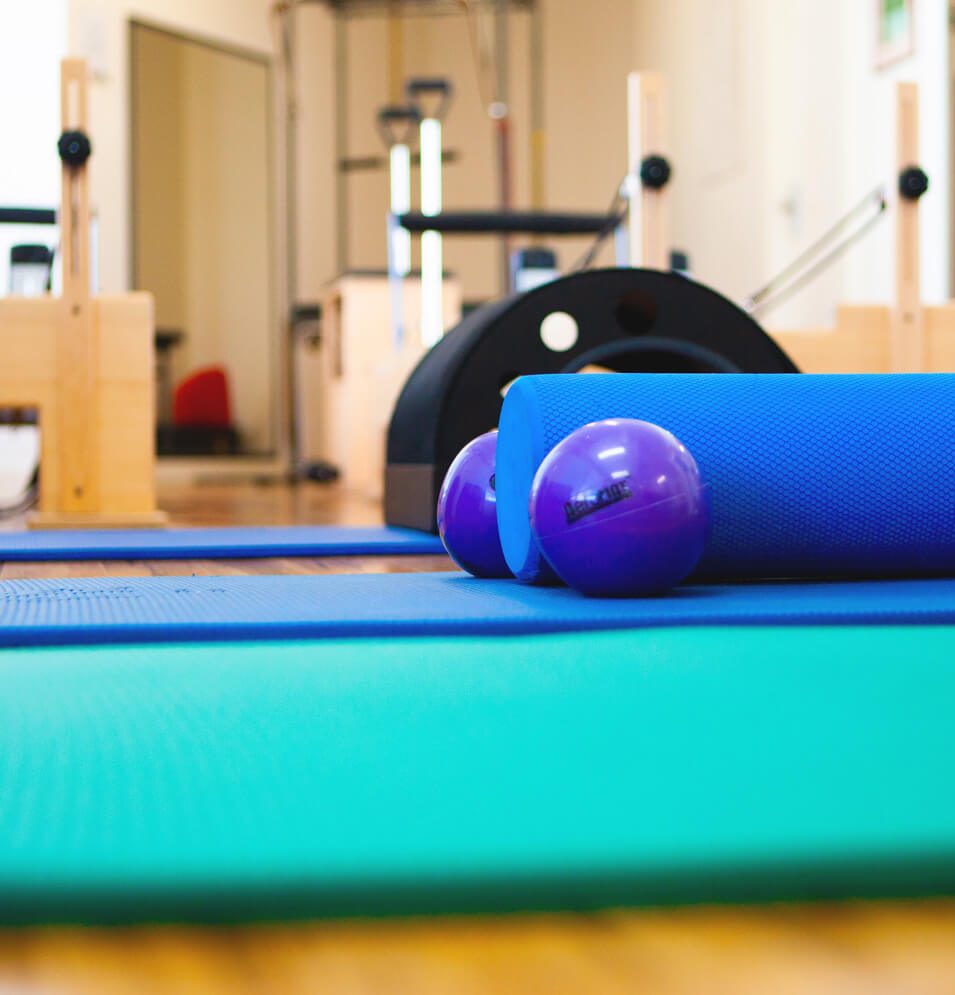It may surprise you that approximately one in four Australians, over the age of 15, suffer from bladder leakage, also known as urinary incontinence – that equates to nearly 5 million of us!
There are some misconceptions about urinary incontinence.
It is usually seen as a ‘women’s issue’, and while it is more common in females, with a third of women suffering from urinary incontinence, men still make up a large proportion of those affected.
Also, many people may assume that this is only an issue for the elderly, however, according to the Continence Foundation of Australia, half of women who report incontinence are aged under 50 years.
Many women assume that if they haven’t gone through childbirth, or have had a caesarean delivery, they will not be at risk of urinary incontinence, however unfortunately there are other risk factors such as constipation, chronic coughing and sneezing.
Even young, fit women who have never had children may still experience urinary incontinence.
There are different types of urinary incontinence, with the most common being stress urinary incontinence, urge urinary incontinence, or mixed urinary incontinence (which involves components of both urge and stress urinary incontinence).
Stress urinary incontinence is leakage which occurs with coughing, sneezing or other exertion, such as jumping or running.
Urge urinary incontinence is leakage associated with an overwhelming urge to void.
Essentially this urge to void is so strong that people will be unable to make it to the toilet on time.
For some, the urgency is not associated with leakage, but the fear of leakage will still send them rushing to the toilet.
This urinary urgency, with or without leakage is often referred to as overactive bladder.
It may also be associated with increased frequency of urination and having to get up at night to void.
These symptoms may present in a similar manner to a urinary tract infection, so it is always worthwhile visiting your GP to be tested for this.
Fortunately, as reported by the Continence Foundation of Australia, the majority of people who experience incontinence can be better treated, managed or cured.
Continence and pelvic health physiotherapists are well equipped to assist in management of these types of urinary incontinence, although they will generally require different approaches.
A thorough assessment will direct management strategies and generally involves assessment of the pelvic floor muscles and advice on an individualised exercise program, along with lifestyle factors including optimal bladder and bowel habits.
Remember that urinary incontinence is not just a normal part of aging, it can be helped!
Click here to find your closest Lifecare clinic.


